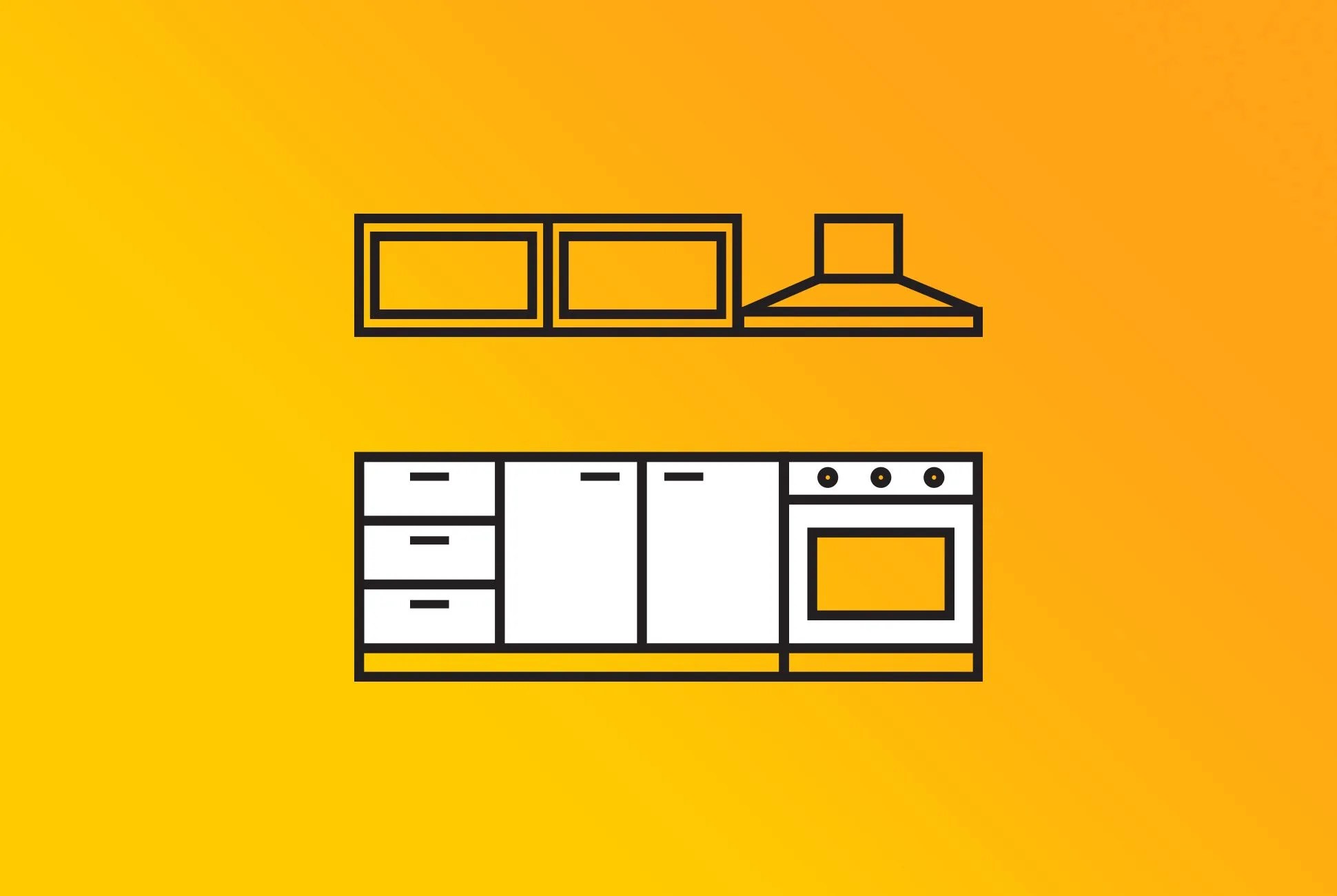
Ikea’s flat-pack furniture is guided by function and low cost. It has good bones, but tends to fall flat in the realm of aesthetics. Building upon DIY trends, Ikea “hacking” has become a means of refashioning the utilitarian furnishings. There are countless websites and forums dedicated to the art of overhauling particleboard furniture.
Design studios have set out to capitalize on the Ikea hacking trend as well, offering cabinet fronts, drawer pulls and chair legs for the furniture giant’s most popular products. Ikea’s kitchen cabinets, in particular, lend themselves well to hacking; their doors and side panels can be swapped out with ease. More importantly, the internal hardware is top quality.
“There’s a reason Ikea gives you a 25-year warranty on [its cabinets],” explains Jeppe Christensen, founder of Reform, a Danish company producing high-design, Ikea-friendly cabinet fronts. “All of its hardware is from one of the world’s biggest manufacturers of hinges and rails. It’s used by high-end modular kitchen designers, like Bofi, too.”
By piggybacking on Ikea, Christensen says, Reform is able to cut costs by a minimum of 30 percent.
Founded in 2014, Reform collaborates with world-renowned architects and designers to produce fronts and surfaces for Ikea’s Metod kitchen system. By piggybacking on Ikea, Christensen says, Reform is able to slash costs by a minimum of 30 percent, building designer kitchens for $4,000–7,000. “Ikea takes care of the functionality. For us, it’s much more about aesthetics,” he explains.
Like so many upstart companies, Reform was born out of a frustration with the status quo. Christensen teamed up with Michael Andersen, a former project manager for Bjarke Ingels Group, and set out to create a mid-range, modular kitchen rooted in contemporary Scandinavian aesthetics. Reform’s first offering, Basis, remains its top seller and its only in-house design.


